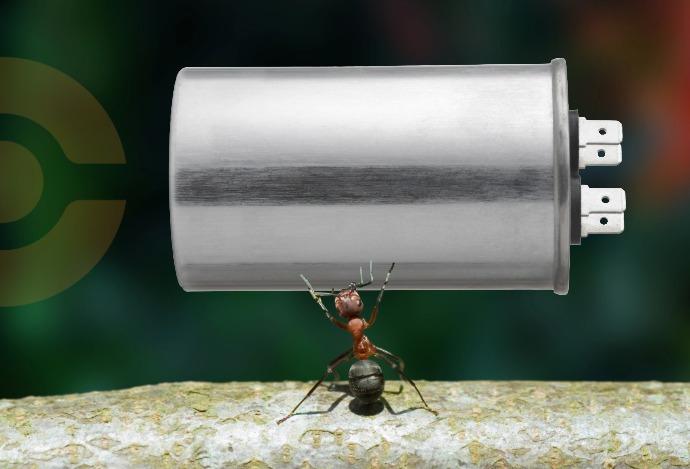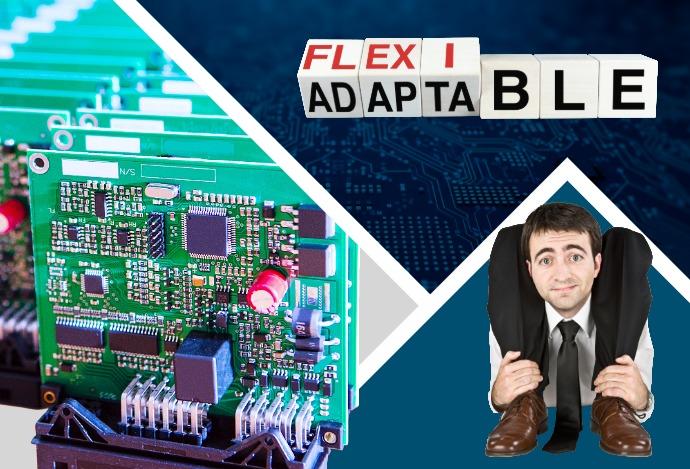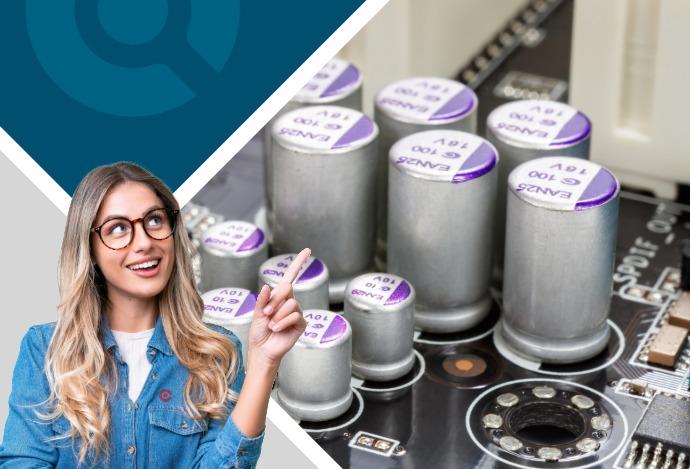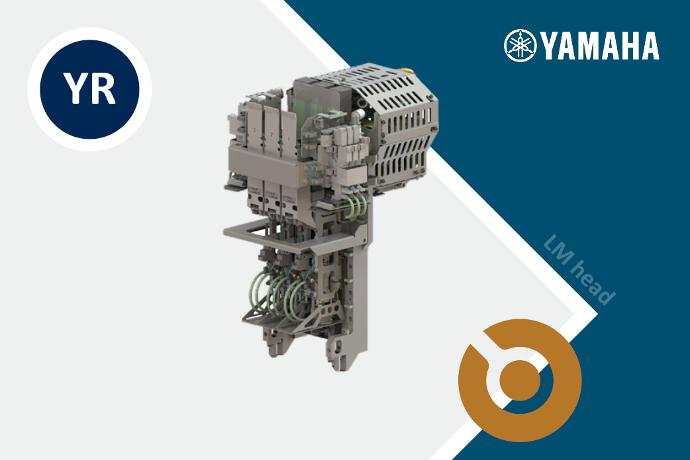SMT flexibility: One placement head for large, heavy and press-fit components
Growing component size and complexity in Scandinavia and the Baltics some projects are pushing OEM and EMS companies SMT flexibility to handle larger, heavier and more complex components than ever before. Switches, server cards, and network equipment are increasingly packed with custom processors and adaptive FPGAs to meet the growing demand for AI acceleration and high-speed services.
Today, some of the largest FPGA compute engines come in BGA packages up to 55 x 55 mm, while multi-chip ASICs with fan-out interconnects can be even bigger. Industrial electronics are also evolving, with control systems and high-power devices requiring larger connectors and robust component solutions.
As these components grow in size and complexity, the challenge is clear: standard SMT lines need to evolve to place these parts accurately, efficiently, and at high yield.
SMT manufacturing challenges with large and heavy components
As components also grow in size, weight and complexity, EMS and OEM companies face a new production reality. Customers expect advanced boards to be built fast, accurate and with zero compromise on quality - but oversized packages put pressure on traditional SMT equipment.
To keep up, pick and place machines must:
- Securely pick up and align large BGAs, ASICs and processors from trays or pallets.
- Accurately position bulky connectors and transformers, often requiring press-fit insertion.
- Maintain speed & yield, even when handling tall or heavy components.
- Integrate seamlessly inline, so productivity isn’t slowed by manual steps or special offline processes.
The real challenge? Achieving all of this without investing in separate, dedicated equipment. For many EMS and OEM companies in Scandinavia and the Baltics, the key is upgrading their existing SMT lines to handle both the smallest passives and the largest high-value packages - all in one smooth workflow.

Flexible SMT placement without extra equipment
The smartest way to handle these new challenges isn’t to add more machines - it’s to make your existing SMT line more flexible. With the right technology, one placement head can cover everything from tiny passives to oversized BGAs and heavy connectors.

Yamaha’s approach makes this possible by introducing adaptable nozzles and grippers designed for today’s component mix:
- Gripper nozzles that combine suction with claws hold unusual or heavy parts securely.
- Rubber pad nozzles lift large ICs safely, with options up to 25 mm diameter for the heaviest devices.
- Part-specific nozzles handle challenging components eg. like DIMM sockets for a datacenter server cards.
Instead of costly, custom-engineered tools for each project, manufacturers can now rely on standardized configurations that scale quickly. For EMS and OEM companies, this means faster ramp-up times, lower investment costs and greater project flexibility.
The result: one SMT line that can place all component types inline, without sacrificing speed or quality.
High-force, high-precision placement for demanding components
When placing small chips, high speed is everything. But with today’s larger, heavier and taller components, placement machines need more than just speed - they need precision and controlled force to protect valuable parts and ensure reliable assembly.
Yamaha addresses this with several key enhancements:
-
Smarter rotation (R-axis control): Special scissor-gear technology eliminates backlash, allowing perfect alignment of large BGAs and ASICs to within 0.005°. This ensures accuracy even with components that were once considered too big for standard SMT.
- Extended stroke (Z-axis control): An increased placement range makes it possible to handle tall connectors used in networking and industrial electronics - without slowing the process.
- High-force press-fit capability: Ordinary mounters are limited to about 30N, but Yamaha heads now deliver up to 100N with accurate control.
This makes it possible to insert rugged board-mount connectors and other high-pin-count parts inline, while protecting the component with landing detection to catch any misalignment before force is applied.
For manufacturers, these improvements mean confidence in handling advanced designs.
Whether it’s a 130 mm FPGA, a heavy transformer, or a tall connector, placement happens inline, fast and reliably - without risking damage or yield loss.

Advanced vision systems for reliable SMT placement
Accurate placement doesn’t stop at force control - it also depends on what the machine can see. As components get larger and more complex, traditional LED lighting struggles to give the clarity needed for precise alignment, especially with fine-pitch connectors and press-fit pins.

To solve this, Yamaha integrates advanced vision and laser lighting systems that highlight only the critical details - such as pin tips - without being distracted by the surrounding component body.
This allows the machine to verify that every pin is perfectly aligned before insertion.
For manufacturers, the benefit is simple:
- Higher first-pass yield by avoiding costly misplacements.
- Less rework and scrap, saving time and resources.
- Confidence in quality, even with the toughest board designs.
With smarter vision guiding every placement, EMS and OEM companies can take on more demanding projects while keeping efficiency and reliability high.
One placement head for every SMT challenge
Yamaha’s latest LM mounting head is built to handle it all - from tiny passives to oversized BGAs, tall connectors, and high-force press-fit parts. By combining extended R- and Z-axis control, advanced force management, landing detection, and adaptable nozzles, it brings unmatched flexibility to a standard SMT line.
The LM head fits seamlessly to Yamaha YRM20dl mounter, using the same interface as other heads. That means manufacturers can upgrade without disruption, while also benefiting from:
- Automated nozzle health checks to reduce downtime.
- Feature-recognition software that supports IC packages up to 130 mm and BGAs with up to 20.000 balls.
- Future-proof scalability, ensuring your SMT line keeps pace with evolving customer demands.
For EMS and OEM companies in Scandinavia and the Baltics, this is more than just new hardware - it’s a way to:
- Take on more complex projects without investing in multiple machines.
- Keep productivity high and costs low.
- Future-proof production lines for the next generation of industrial electronics.

Is your SMT line ready for larger, heavier and smarter components?
At CORE-emt, we know that success in electronics manufacturing depends on staying ahead of component trends. With Yamaha’s advanced placement solutions, we help companies in Scandinavia and the Baltics stay competitive, efficient, and ready for whatever comes next.
Contact CORE-emt today - let’s talk about your next step forward.
SMT flexibility: One placement head for large, heavy and press-fit components